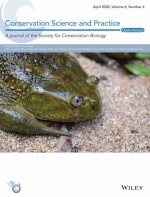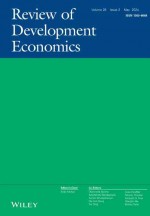The American Naturalist
View Journal Article / Working PaperWhy are there so many species in the tropics, and so few at the poles? Ecologists have debated explanations for global biodiversity patterns for over a century. Now, researchers from North Carolina State University and the Oxford Martin School at the University of Oxford have produced a new study in The American Naturalist suggesting that the mere position of different habitats could influence the number of species found in each. The investigators considered the elementary shapes of a sphere and cone, modelled how different locations on those shapes lend themselves to acquiring more or fewer species, and compared their predictions to real biodiversity patterns across latitudinal or elevational gradients.




